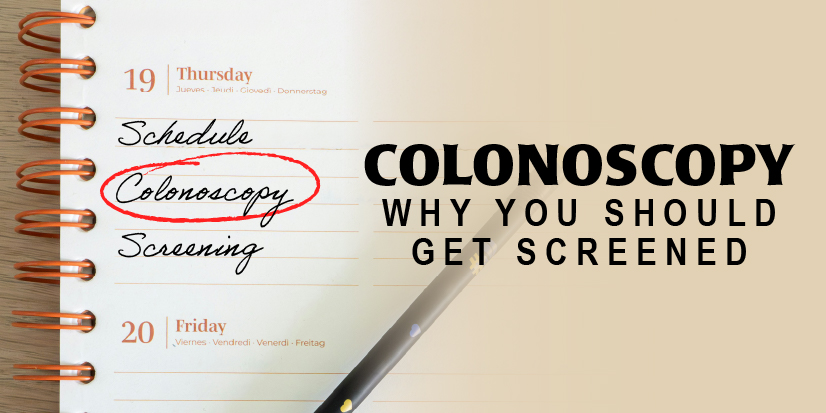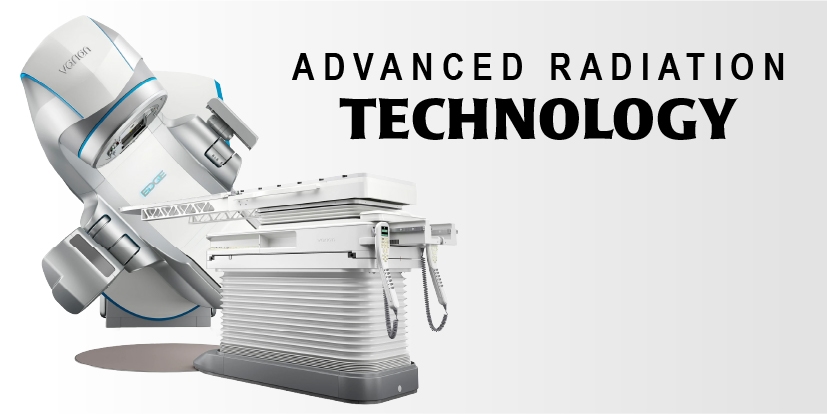Colonoscopy: Why you should get screened
- Category: Health Education, Cancer Center
- Posted On:

Colorectal cancer is the second most deadly form of cancer in the United States. Adults ages 65 to 74 are more likely than younger people to get it. But recent data shows that colorectal cancer has increased among people ages 15 to 39.
Routine colorectal cancer screening is important. Screening can help your provider find cancer early, when it's easier to treat. In fact, screening might help them find and remove suspicious growths before cancer can form.
How colorectal cancer begins
Colorectal cancer usually develops from a growth, called a polyp, inside the colon or rectum. If a polyp becomes cancerous, it can spread into the wall of the colon or rectum. The cancer can then spread to other parts of the body.
There's no surefire way to prevent polyps from forming. You may be more likely to develop polyps if someone in your family has had them. You may increase your risk of developing polyps if you:
- Are physically inactive.
- Are overweight.
- Smoke.
- Drink alcohol heavily.
Some, but not all, polyps become cancerous over several years if they are not found and removed. You can have polyps and not know it. Most of the time, they don't cause symptoms.
Types of polyps
Not all polyps are alike. Some are more likely to become cancerous than others.
- Adenomatous polyps, or adenomas, can become cancerous.
- Sessile serrated polyps and traditional serrated adenomas also can become cancerous.
- Hyperplastic polyps and inflammatory polyps are more common than the other types. Typically, they do not become cancerous.
How and when to get screened
When you start colorectal cancer screening depends on many factors, such as your age, overall health and family history. In general, you should begin at age 45. People over age 75 should talk with their doctors about the need and frequency for screening.
There are different ways to be screened. Talk with your doctor about the test that is most effective for you.
- Colonoscopy involves a long, flexible tube with a tiny camera and light at the end. It allows your doctor to look inside your entire colon and rectum for polyps and signs of disease.
- Flexible sigmoidoscopy is like colonoscopy, but the tube is shorter. It looks at the rectum and a section of the colon.
- Virtual colonoscopy uses an x-ray machine, called a CT scanner, to take detailed pictures of the colon and rectum from outside of your body.
If your doctor finds polyps during a colonoscopy or flexible sigmoidoscopy, they will remove them. They can't remove polyps during a virtual colonoscopy.
To make an appointment with a specialist, call 337.494.4785.
Resources:
American Cancer Society
Centers for Disease Control and Prevention
National Cancer Institute
National Institute of Diabetes and Digestive and Kidney Diseases




